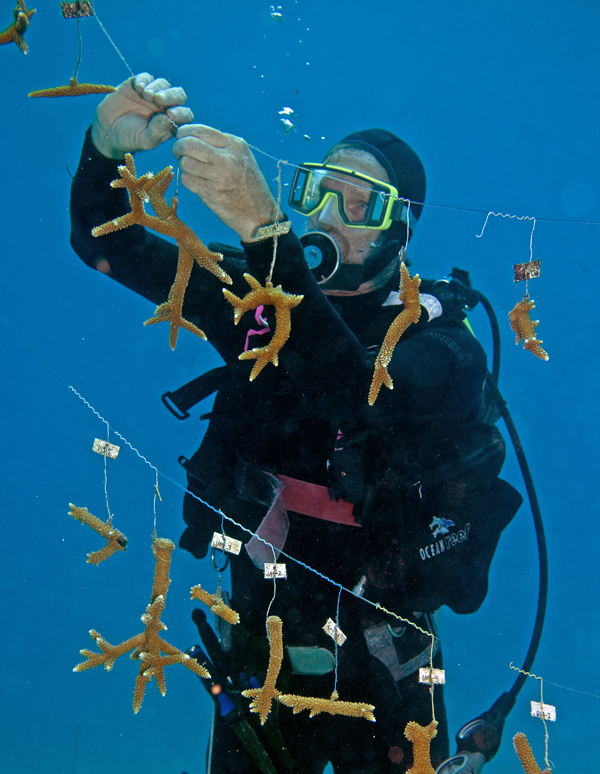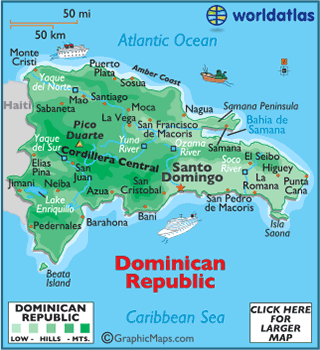Our recent trip to the aquarium, our GIN team not only bonded and shared laughs,
but we learned many things about the different marine ecosystems on our island.
Although the aquarium is relatively small, it is beautiful, located in a building
overlooking the ocean, and full of different types of fish and tons of information,
such as:
Specific habitats are required for fish to transition between periods of their life.
Mangroves are extremely important as they help filter water and need to be saved
before irreversible damage is done. 40% of the coast of the D.R. is cliffs that are
becoming damaged from pollution and contamination from the cities. Grass on the
bottom of the ocean is very important as is protects fish from big waves and fishing
in the grass and using it as a waste deposit is causing lots of damage. The Dominican
Republic also has parts of it where salt and fresh water meet, providing lots of
healthy minerals.
Although the information about the ecosystems was very detailed, some of the
information about the fish posed some questions. There was a very detailed
paragraph about eels and how they are safe for humans, but didn’t talk about the
dangers they pose to fish, or if they do. They mention that there are 15 species
of scorpions in the Caribbean, but did not talk about if they are plentiful or
endangered.
Altogether, our trip was wonderful, and we even learned more about the efforts
around the island to eat the parrotfish. They are giving posters and stickers to
fisherman around the island and are even working with UNESCO. We talked about
raising money to help the aquarium and even the possibility of having a lionfish to
display at our school.
Article By: Maggie Baird

















